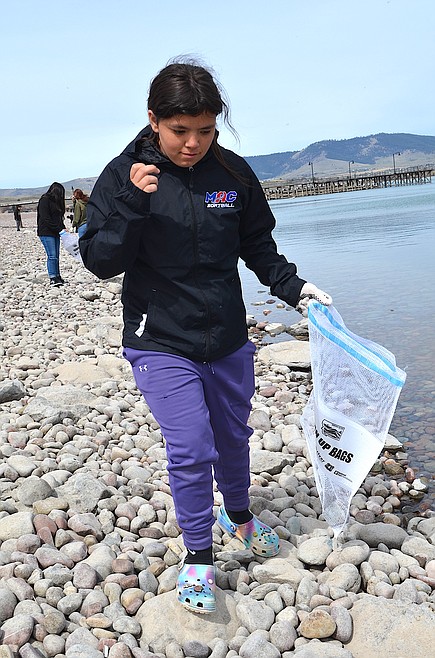Mussel Walk: Students learn to defend Flathead from AIS
Students from St. Ignatius High and Two Eagle River School in Pablo learned about the scourge of Aquatic Invasive Species (AIS) during a recent Mussel Walk – one of three scheduled this spring along the shores of Flathead Lake. ...
Become a Subscriber!
You have read all of your free articles this month. Select a plan below to start your subscription today.
Already a subscriber? Login






